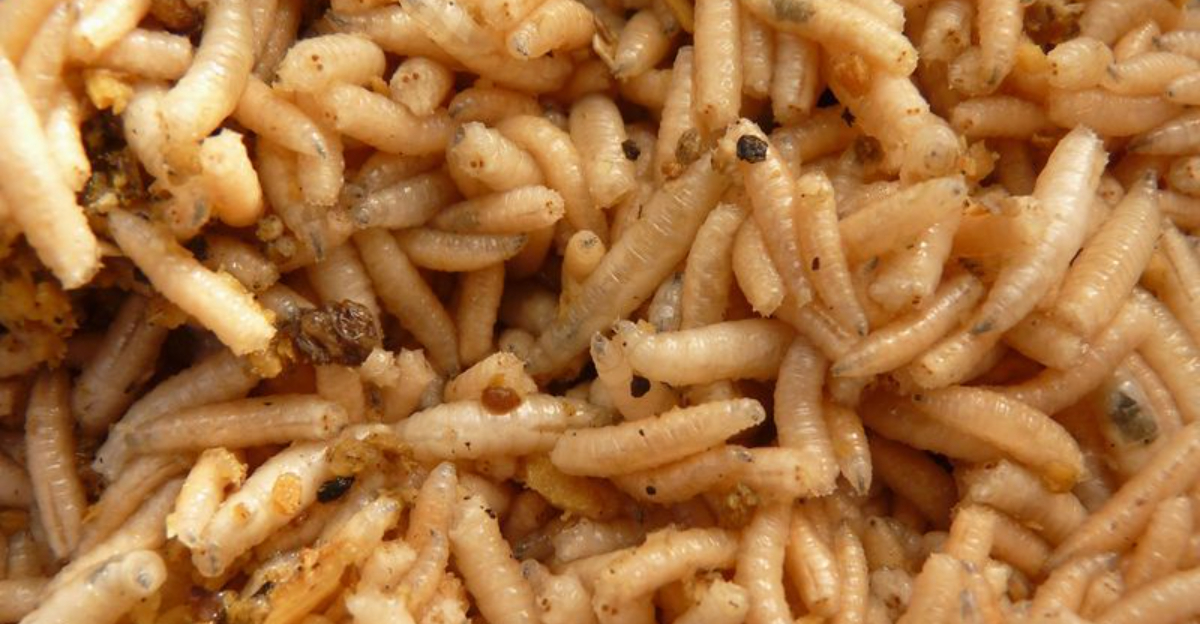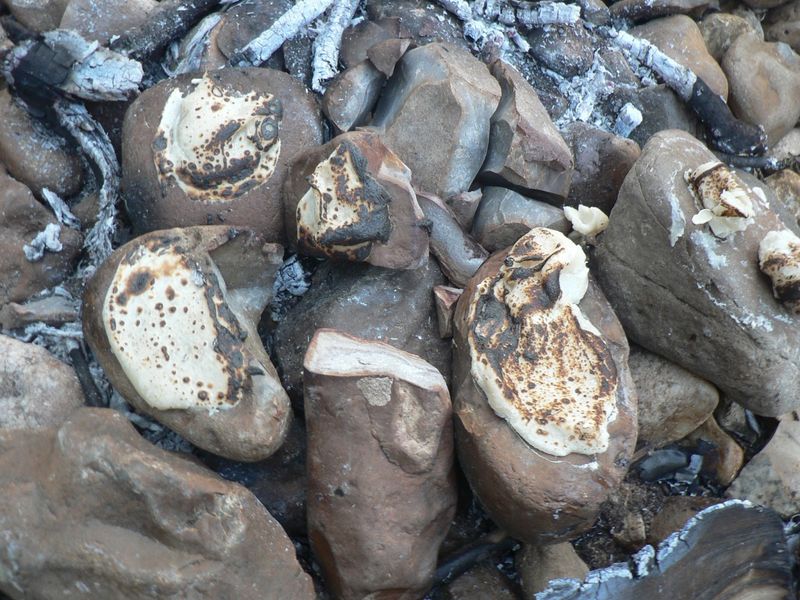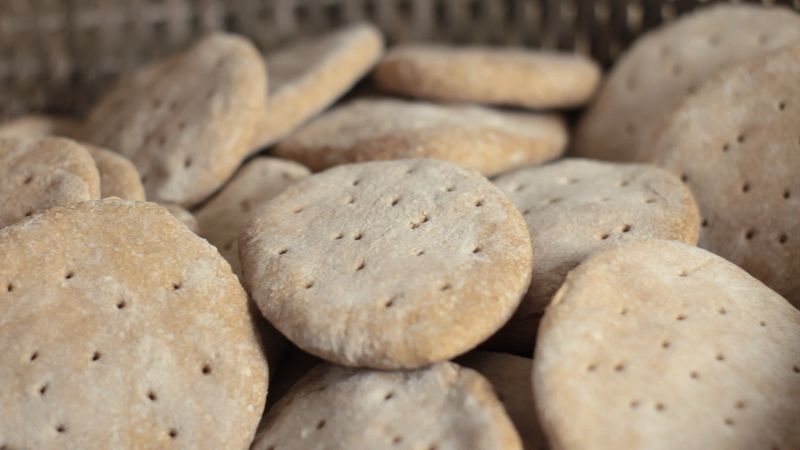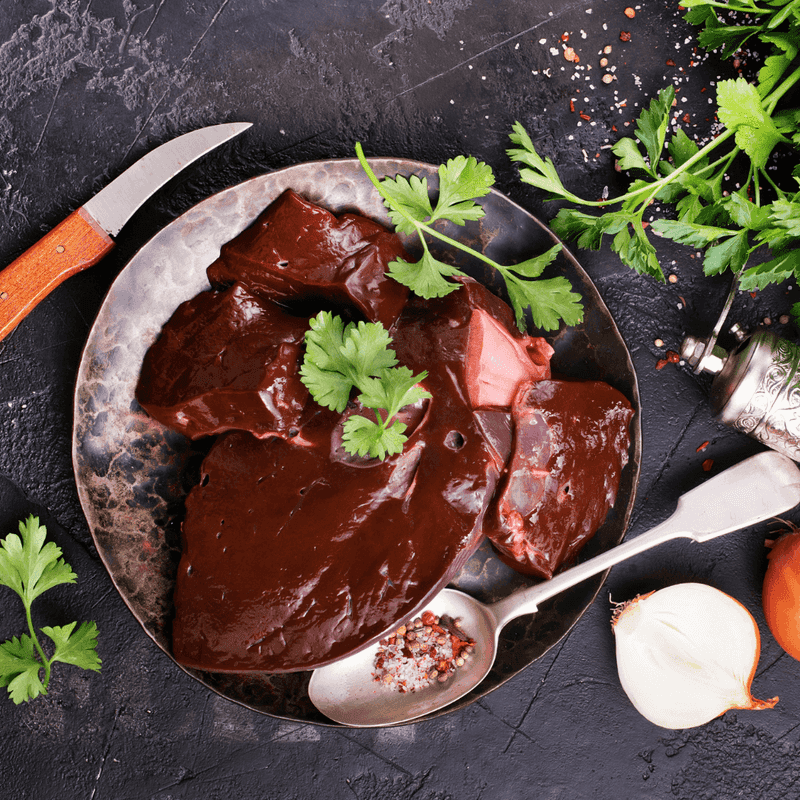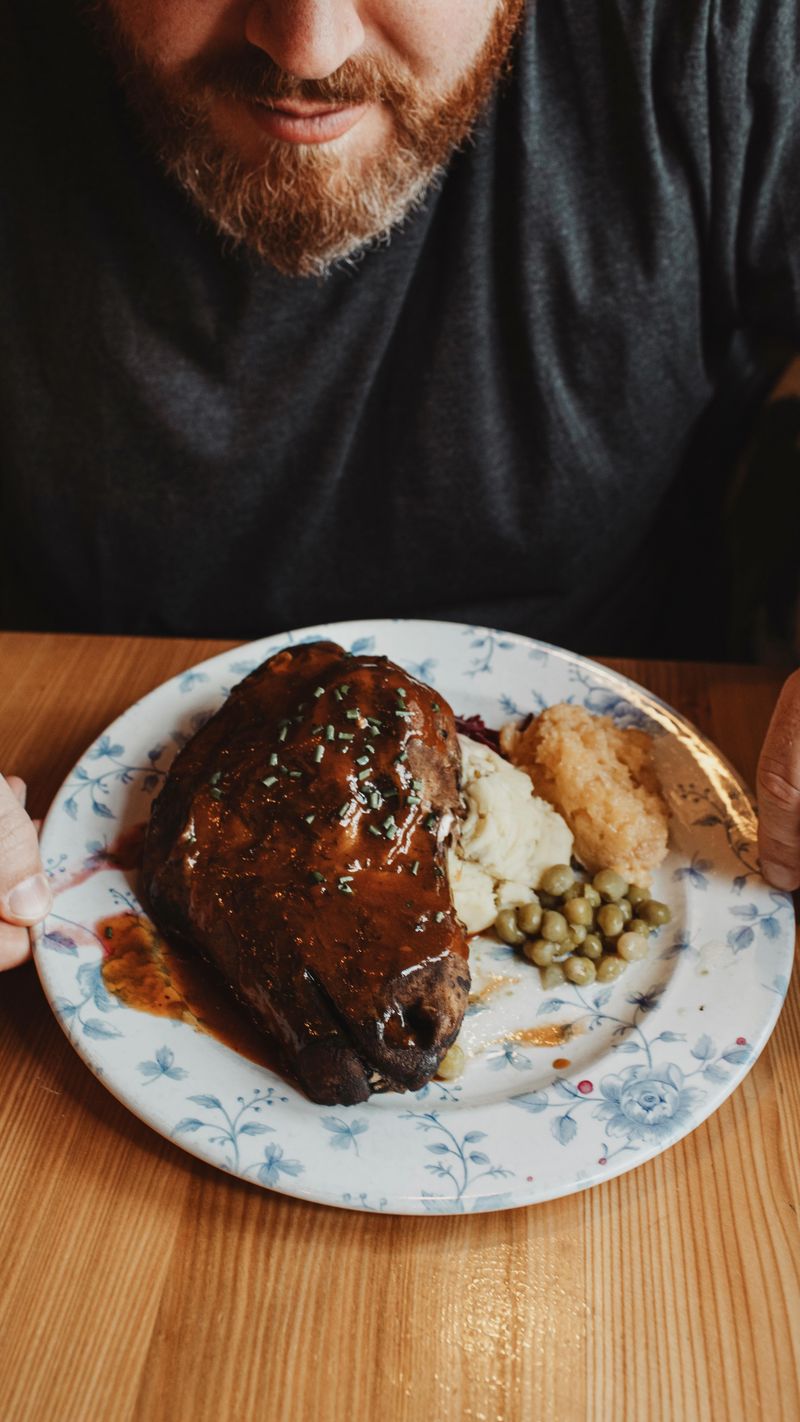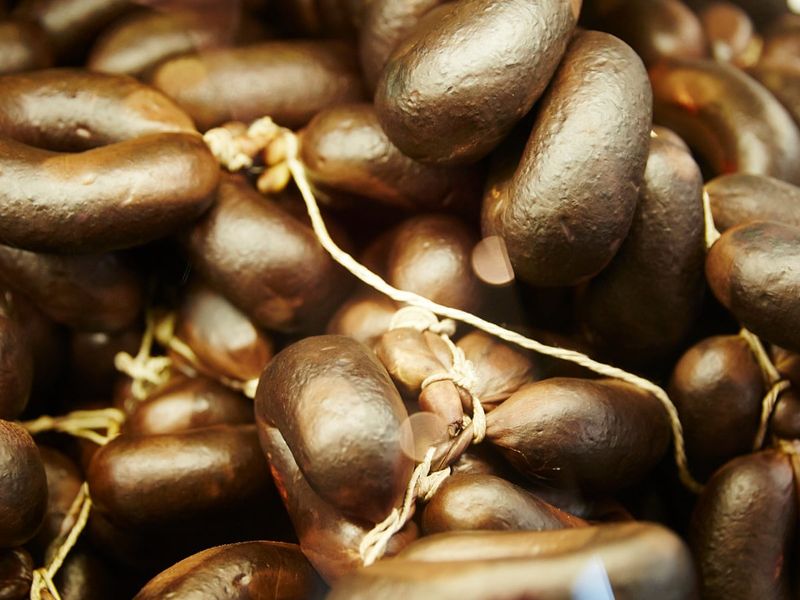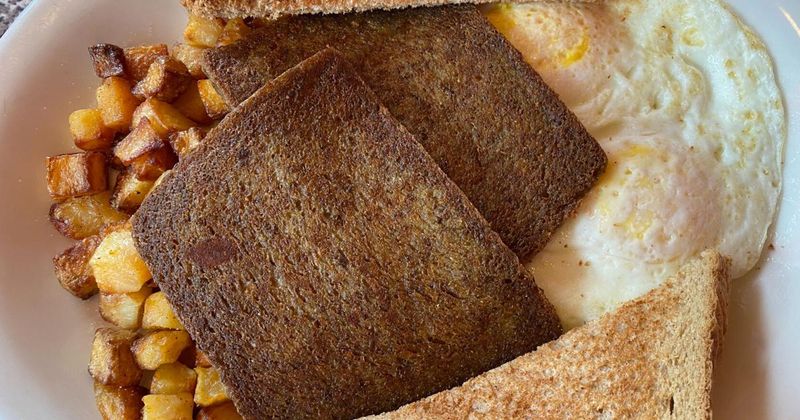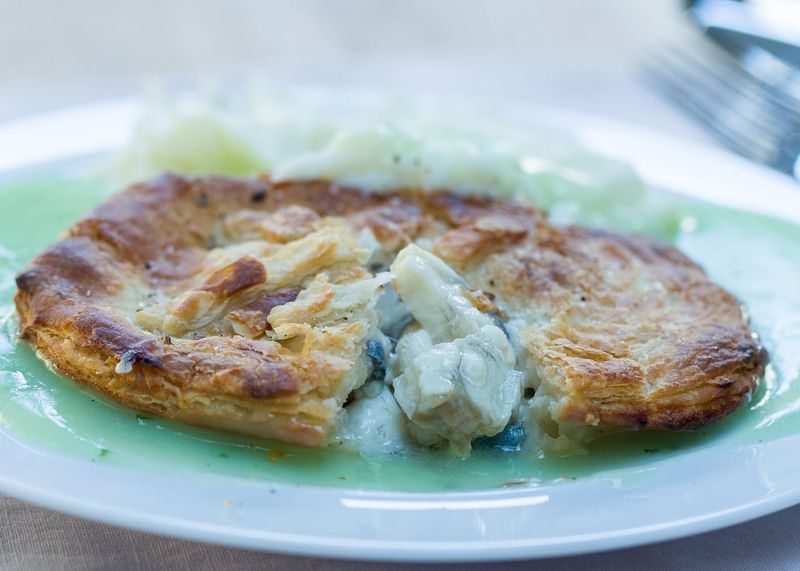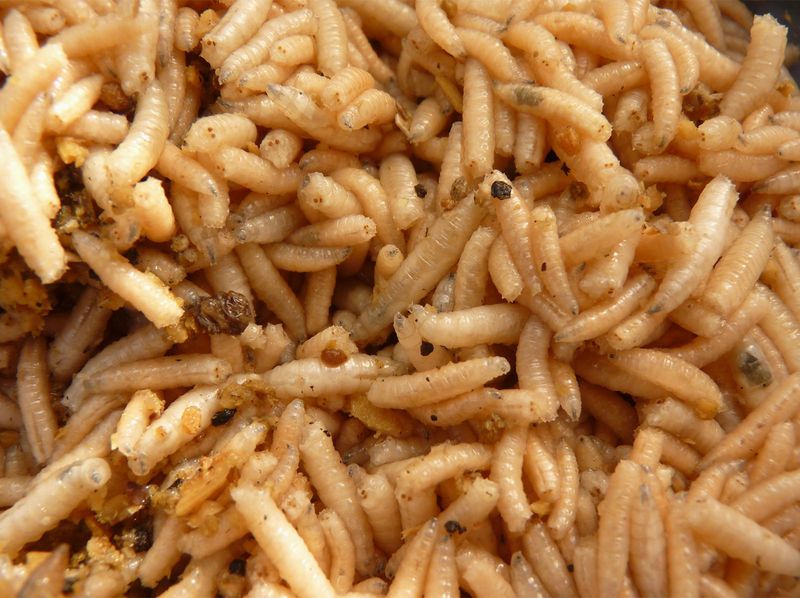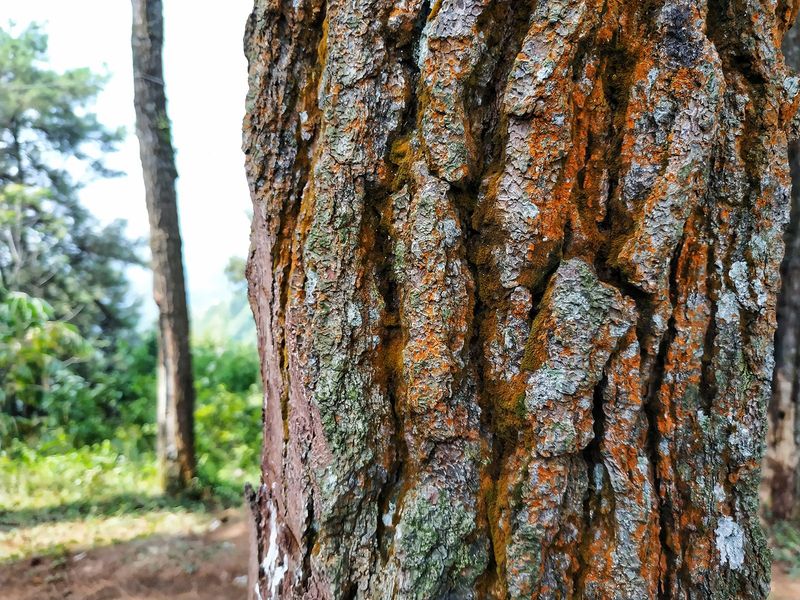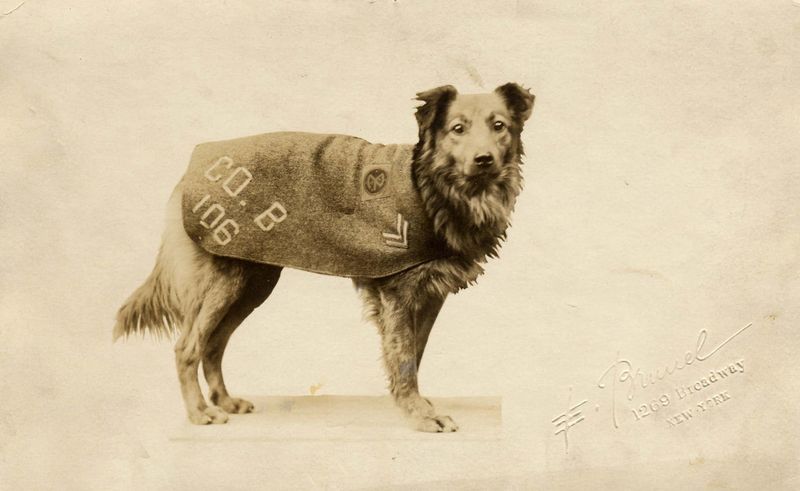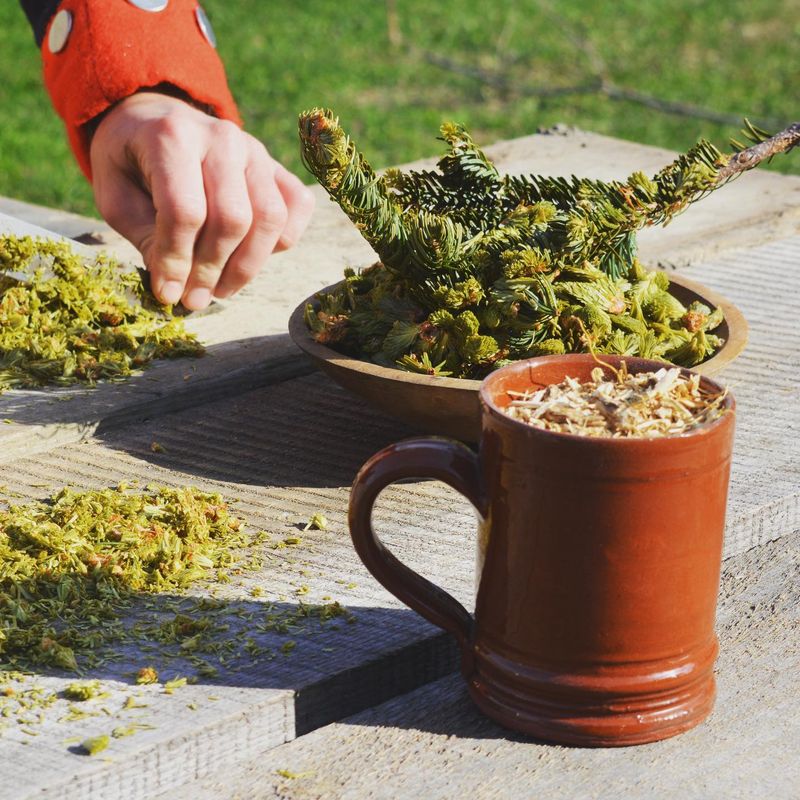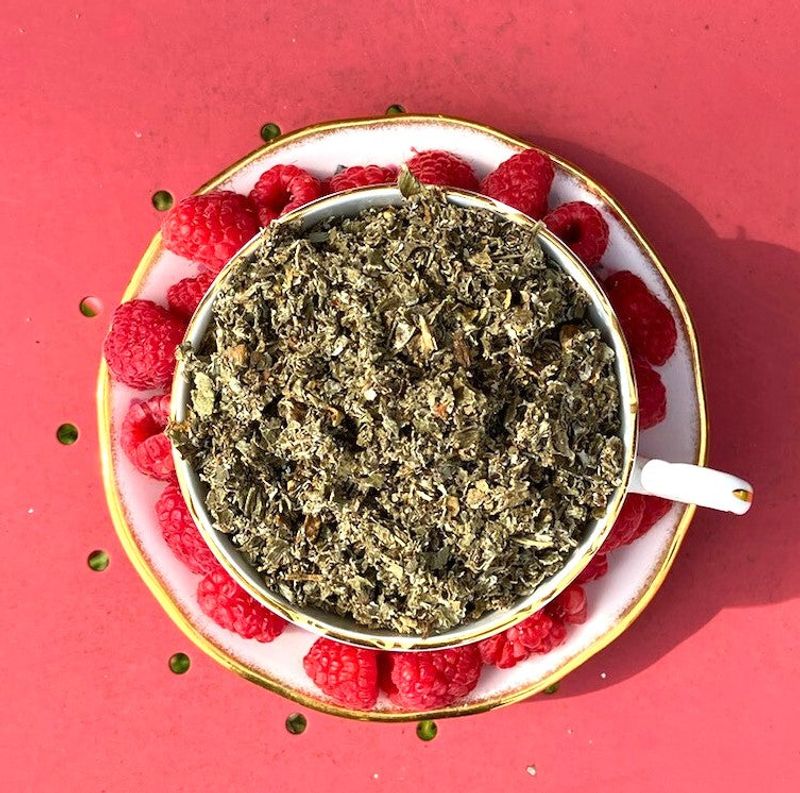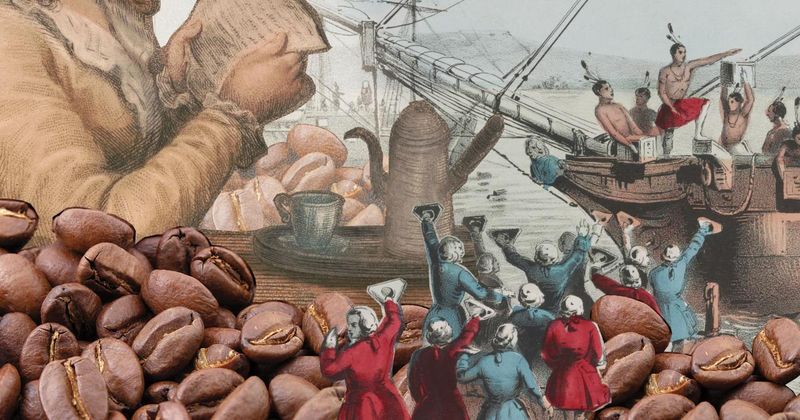During the Revolutionary War, the scarcity of resources led soldiers and colonists to rely on some unexpected and unconventional food sources. In times of dire need, creativity took center stage, transforming even the most unusual ingredients into sustenance. Here’s a look at 15 unconventional foods that were eaten during this tumultuous period.
1. Firecake
Firecake was the ultimate survival “bread” for Revolutionary War soldiers. It was dense, tasteless, and calorie-packed, serving as a lifeline when other food was scarce. Though it lacked flavor, it held the promise of sustenance. With each bite, soldiers were reminded of the harsh realities of war but also of their resilience. It was more than a meal; it was a testament to the human spirit.
2. Hard Biscuits (hardtack)
Known as “teeth-dullers” or “worm-castles,” hard biscuits, or hardtack, were a staple for soldiers. These flour-based biscuits were baked until nearly indestructible. One joke among the troops was that they could “break the teeth of a rat.” Despite their toughness, soldiers appreciated their long shelf life. Often soaked in water or coffee to soften, they provided necessary sustenance. While they weren’t a culinary delight, they played a critical role in keeping soldiers fueled during their arduous journeys.
3. Boiled Ox Liver
Boiled ox liver was not the most appetizing dish, yet it represented the soldiers’ adaptability. Connecticut private Joseph Plumb Martin boiled “an old ox’s liver” in camp, only to suffer stomach cramps later. This dish was a gamble—nutrition versus discomfort. Despite the risk, it was a means to stave off hunger. Soldiers’ willingness to eat boiled ox liver exemplifies their desperation and survival instincts in wartime. This meal was a raw reminder of the sacrifices made during the fight for independence.
4. Sheep’s Head
Sheep’s head was a testament to the philosophy of waste not, want not. Joseph Plumb Martin also recounted cooking and eating an entire sheep’s head, eyes and brain included. This dish turned every part of the animal into nourishment, reflecting the era’s resourcefulness. Though it might seem unappealing today, sheep’s head was a valuable source of protein. It challenged soldiers to look beyond conventional cuts of meat and embrace the full spectrum of available resources.
5. Blood Pudding
Blood pudding was a heavy concoction made from pig’s blood, cornmeal, hog fat, and treacle, boiled for hours. While it wasn’t winning any taste competitions, it provided much-needed protein. This dish highlighted the soldiers’ ingenuity in maximizing nourishment from available resources. The rich, dark pudding was a stark contrast to the meager rations often available. Eating blood pudding was a testament to the grit and determination of those fighting for freedom. It was a dish that balanced necessity with creativity.
6. Scrapple
Scrapple was a Pennsylvania Dutch specialty that turned leftovers into a savory dish. By boiling leftover pig head and feet, seasoning with salt and pepper, and thickening with cornmeal, soldiers created a hearty meal. Fried into cakes, scrapple was both filling and flavorful. This dish showcased the creativity in using every part of an animal. Despite its humble origins, scrapple offered comfort and nourishment. It was a dish of resilience, embodying the resourcefulness needed during challenging times.
7. Beaver Tail
Beaver tail became a surprising delicacy during the Revolutionary War. Hunters sought beavers primarily for pelts, but their tails were a prized source of meat. Often stewed or baked into pies, beaver tail offered a savory and satisfying meal. This unusual food choice underscores the adaptability of the colonists. Despite its unconventional nature, beaver tail was rich in flavor and calories. It was a meal that symbolized survival in the face of scarcity, turning every available resource into sustenance.
8. Eel Pie
Eel pie was a surprising delight for many soldiers. Freshwater eels were chopped and baked into savory pies, a dish adopted from Native American traditions. Eels were abundant in local waters, making them an accessible food source. The pie offered a unique flavor and was a morale booster in camp. Eel pie bridged cultures and provided a taste of home amidst the hardships of war. It was a dish that brought warmth and comfort, despite the challenges faced on the battlefield.
9. Maggots
Maggots in flour were an unexpected source of protein. When supplies were infested, soldiers faced a choice: discard valuable flour or embrace the added nutrition. Mixing them into firecakes, soldiers turned a pest into a resource. This gritty adaptation highlights their resilience and survival instincts. While the thought of eating maggots might be unsettling, it was a pragmatic solution to a dire problem. This adaptation underscored the harsh realities of war, where every ounce of sustenance counted.
10. Tree Bark
Tree bark might seem an unlikely food, yet it was a crucial survival resource. During the bitter winter at Morristown, soldiers scraped and boiled inner tree bark into porridge. This improvised meal stretched meager rations and provided some sustenance. It was a testament to human ingenuity in the face of dire circumstances. By turning to the forest for nourishment, soldiers demonstrated a deep connection to their environment. Tree bark was a lifeline, offering hope and endurance during the harshest of winters.
11. Shoe Leather
Shoe leather was a desperate substitute for bread when rations ran out. Soldiers boiled spare boots, hoping to extract any remaining nutrients. This grim measure underscores the extreme conditions faced during the war. The act of consuming shoe leather was a poignant reminder of desperation. Yet, it also highlighted the soldiers’ indomitable spirit. They made do with what they had, turning even the most unlikely materials into sustenance. Shoe leather was a symbol of survival, embodying the harsh realities of war.
12. Dog Meat
Dog meat was an unfortunate necessity for some soldiers on the brink of starvation. When times were dire, camp dogs became a source of food. This heartbreaking choice reflects the extreme hunger faced by soldiers. Despite the emotional toll, it was a matter of survival. The decision to eat dog meat underscores the profound challenges during wartime. It was a testament to the soldiers’ resilience and determination to persevere. This grim reality highlighted the sacrifices made in the fight for independence.
13. Spruce Beer
Spruce beer was a fizzy ale brewed from spruce tips, offering a refreshing change from water. Rich in vitamin C, it helped prevent scurvy, a common ailment among soldiers. This beverage was both a health necessity and a morale booster. As other beverages ran low, spruce beer became a staple. Its unique flavor was a welcome departure from the monotony of daily rations. Spruce beer was a testament to the creativity and adaptability of the era, providing both nourishment and a taste of comfort amidst the hardships.
14. Raspberry-Leaf Tea
Raspberry-leaf tea emerged as a patriotic alternative to British tea. With traditional tea taxed, colonists turned to local herbs. Raspberry leaves offered a flavorful brew, connecting them to the land. This tea symbolized resistance and self-reliance, fostering a sense of community. It provided warmth and comfort in challenging times, bringing soldiers together. Raspberry-leaf tea was more than just a beverage; it was a statement of independence and ingenuity. It offered a taste of home and hope amidst the trials of war.
15. Coffee
Coffee was a lifeline for soldiers during the war. So vital was this beverage that Boston women once rioted over its price. As tea was boycotted, coffee became a symbol of resistance and comfort. Its rich aroma and energizing effects provided solace amidst the chaos. Soldiers cherished their coffee, savoring each cup as a reminder of home. This simple drink was a beacon of hope, offering a moment of respite. Coffee was not just a drink; it was a companion in the soldiers’ quest for freedom.
